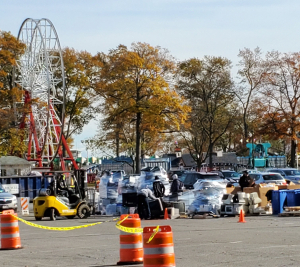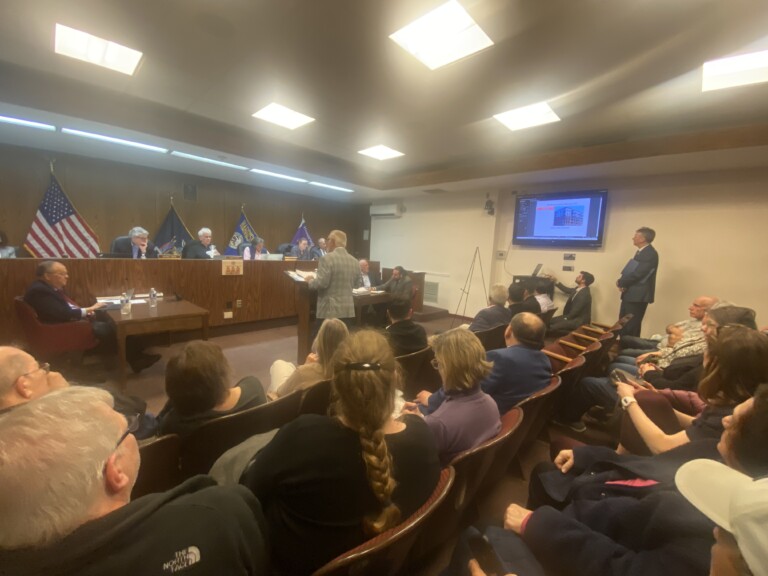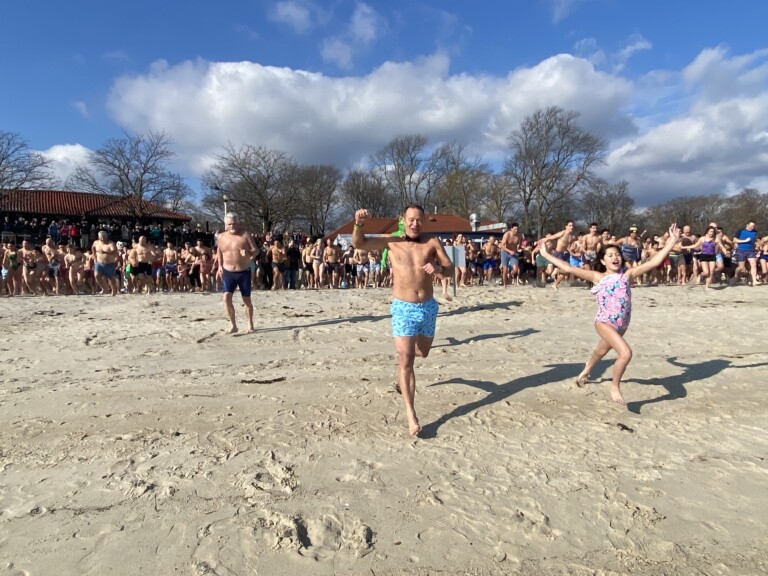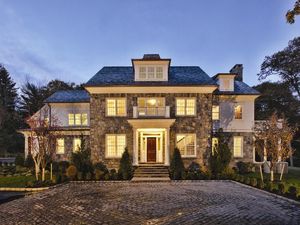Going Native: Missy Fabel of Missy Fabel Ecological Landscape Design

Going Native is a new garden series highlighting the contribution of native plants to building resilient landscapes. In this series, MyRye.com will introduce you to native plant experts that will tell you ways to get started with a small garden patch, a complete property or just a few garden containers.
Today, please meet Missy Fabel Ecological Landscape Design’s Missy Fabel.
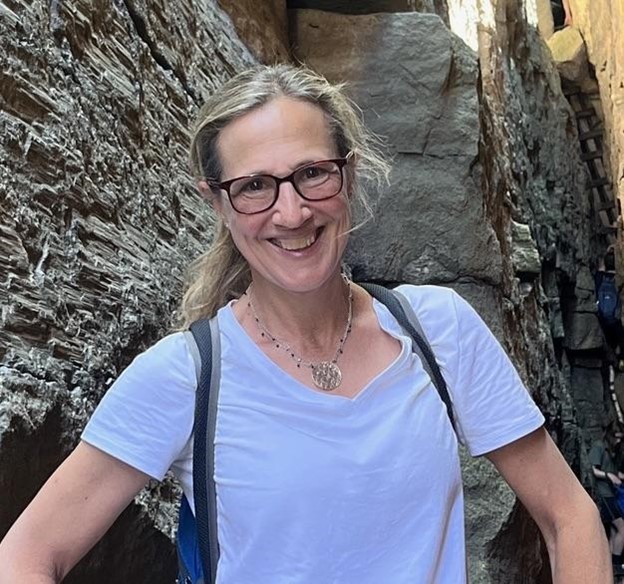
Your name: Missy Fabel
Your company and role: Missy Fabel Ecological Landscape Design, principal
MyRye.com: Explain your professional training and education with respect to native plants and ecology.
Fabel: I have been active in the space of Ecological Landscaping for more than two decades, obtaining certificates in Field Botany from NYBG and a certificate in Designing with Native Plants from the Native Plant Center as well as attending numerous industry classes and conferences.
I am a landscape designer and horticulturist focusing on the use of native plant species and plant communities in my design and stewardship work.
Why do you work primarily with native plants?
Fabel: I fell in love with native plant species while studying field botany and ecology at NYBG, where I learned the important role native plant species and plant communities play in a healthy ecosystem. An avid naturalist, I enjoy learning about plant/fauna and insect interactions and observing how plants behave in the natural world, particularly the woodlands and wetlands of the Northeast.
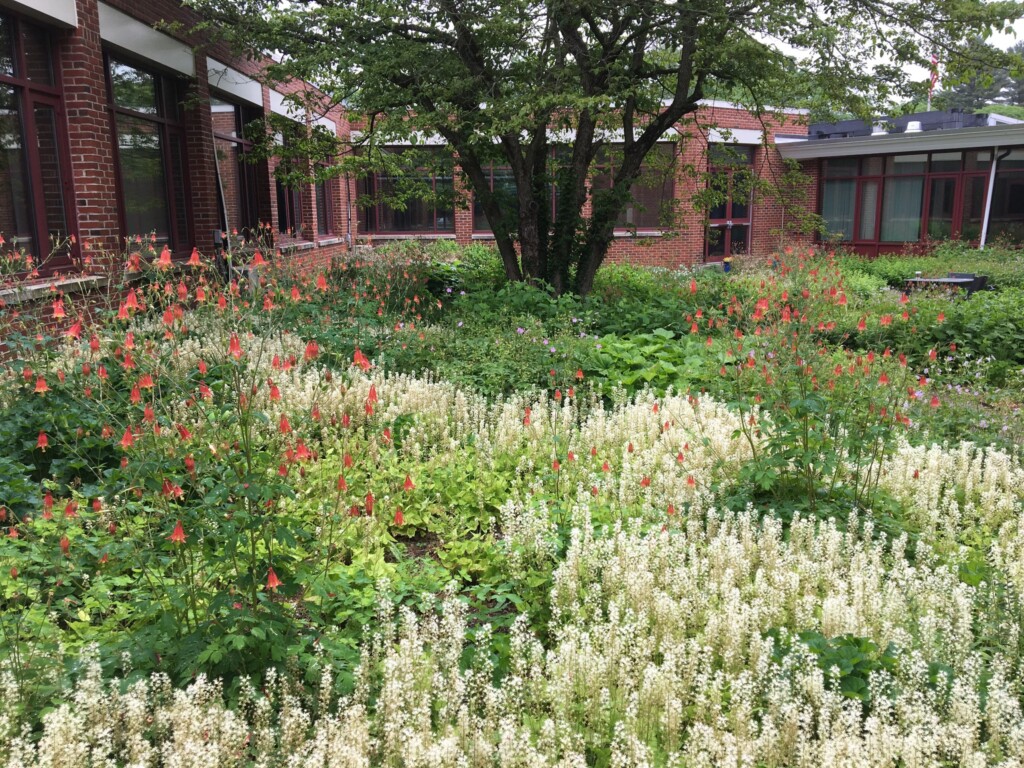
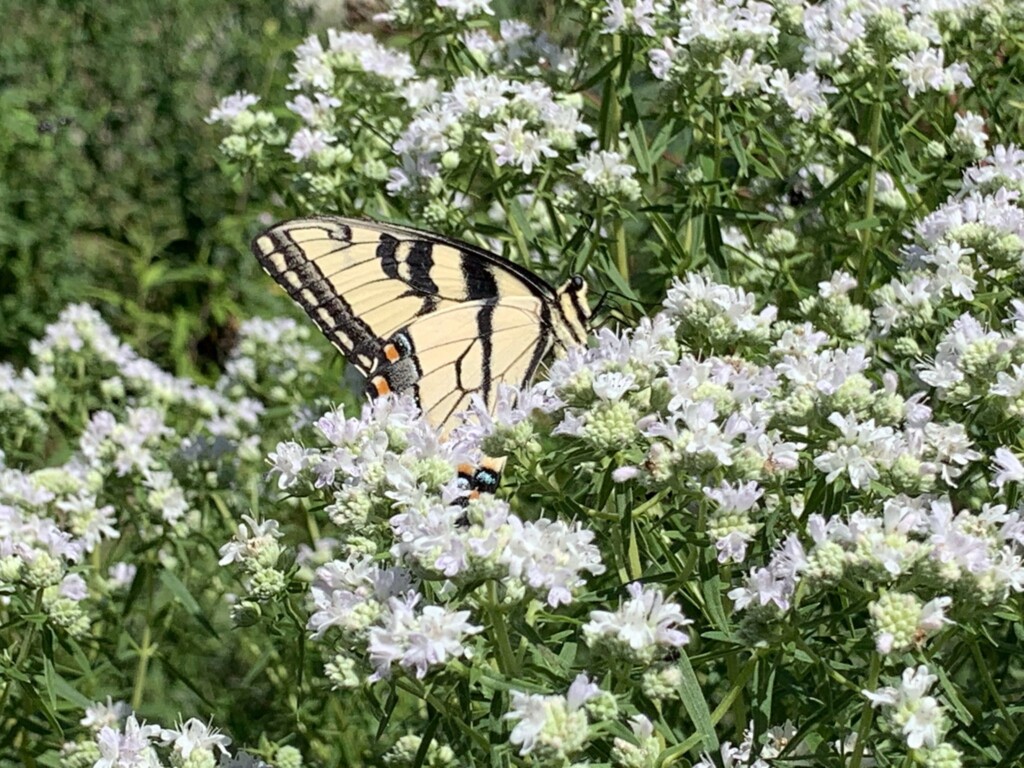
What are some of the benefits of native plants?
Fabel: Since native plants have co-evolved to interact with insects and fauna and each other over millennia, they are the foundation and the keystone to a healthy ecosystem. A healthy ecosystem provides such services as clean water and air, food and shelter for fauna and insects as well as recreation and natural beauty for all of us living on this planet. While native plants generally do need less inputs than non-native ornamental species, such as water and fertilizer, they do need some level of stewardship in a human landscape scale as well as in the wild (conservation, preservation and restoration) to keep them functioning.
What are invasive and non-native plants?
Fabel: A non-native plant is one that does not occur naturally in an area, but is introduced as the result of deliberate or accidental human activities, such as through the horticultural trade or ballast on the ships of early settlers. This plant has not co-evolved with the other native plant species or organisms and thus, often provides little ecological function. Simply because a plant is non-native does not mean it is invasive.
An invasive plant is one that causes harm to the environment, the economy or human health. Non-native invasive species may outcompete and displace native plant species, inhibit growth of native plant species, negatively alter ecosystems, disrupt ecological systems and cause harm to humans and other organisms.
What is a straight native versus a cultivar?
Fabel: This is indeed a tricky and complicated question! In its most basic sense, a cultivar is a selection of a species with desirable traits, such as low-growing or a long flowering time. Cultivars are often propagated through cloning to keep the desirable trait.
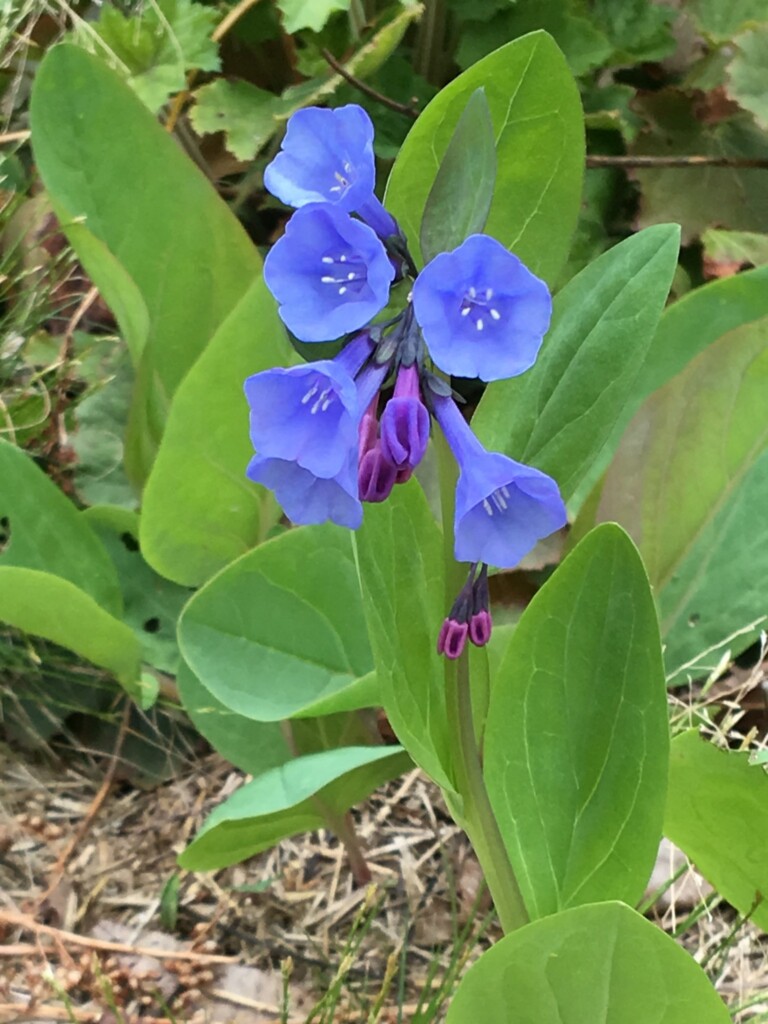
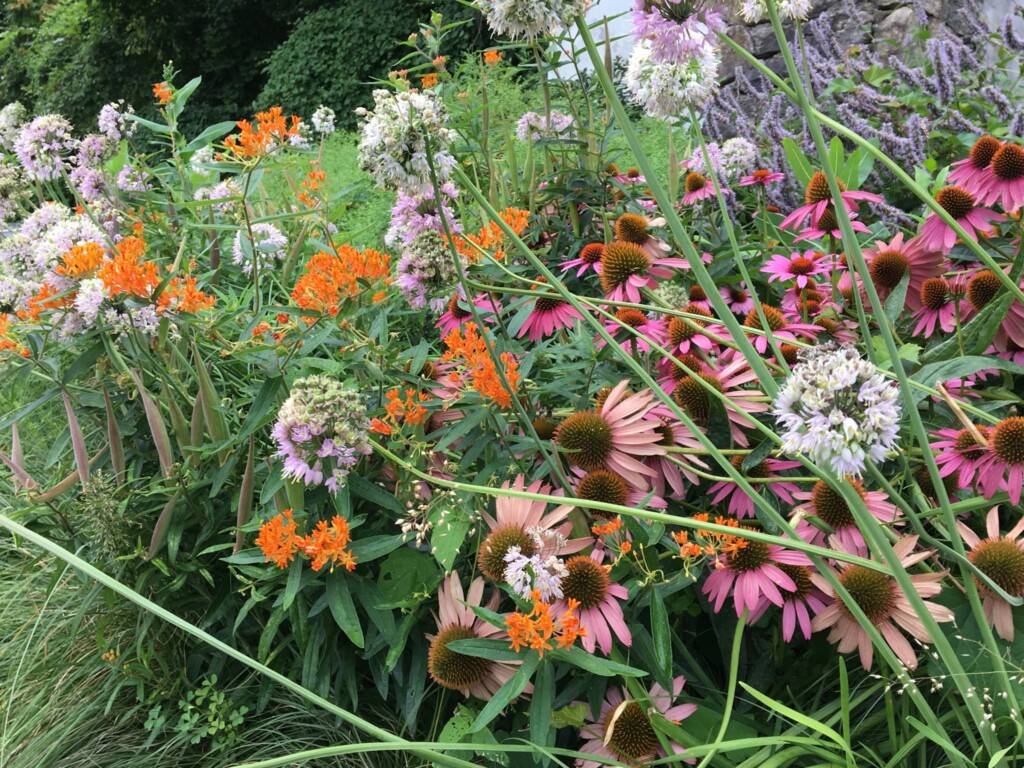
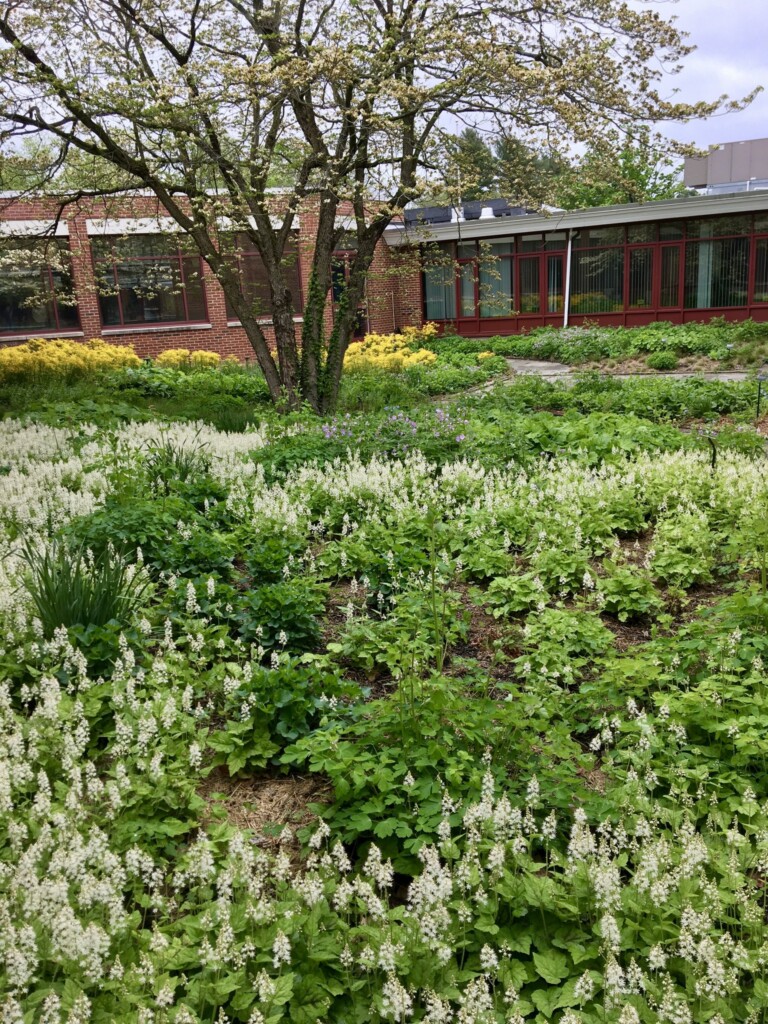
If someone is new to native plants, how do you suggest one gets started?
Fabel: First and foremost, choose an area that you will feasibly be able to manage!
If you are incorporating native shrubs, I recommend starting at the edges of your property and moving in, thus reducing lawn. If you are planting in an area with a lot of invasive species pressure, then remove the invasive species and be prepared to monitor and continue to remove invasive species for at least 3 years. If the edge of your yard is all non-native invasive species, then create a 2-3 foot buffer, which can be mulched or regularly string-trimmed to keep the invasive species at bay.
If you are reducing an existing lawn, I recommend expanding existing garden beds for ease of maintenance but if you’d like to create new beds use the sheet mulching method: using cardboard and/or newspaper and covering it with mulch for a full growing season. Then, you can plant directly into that area. Pro tip: Be sure to wet the cardboard/newspaper when laying it down to prevent it from blowing away before applying mulch. Then wet the mulch too.
It is the fall season – what are some good action items around fall planting, yard care and thinking ahead to spring?
Fabel:
- Leave the leaves! If you need to remove them from your lawn, then mulch them and spread them on your existing garden beds. If they fall naturally into those beds, leave them there whole. Many insects and pollinators overwinter in leaf litter and leaf litter helps native species that are going dormant by providing a semi-insulating cover. Snow is best, of course, but since snowfall has been impacted by climate change (remember last year that most of the time when it snowed, it only lasted a few days?) fallen leaves may help somewhat with insulation and prevent frost heave.
- Leave shrub and herbaceous flower heads, berries and stems. The seeds from the flowers are an important source of food for over-wintering birds and small mammals and the stems provide habitat for bees and other insects that overwinter. To foster more habitat, cut the stems in the spring to varying heights of 12-24 inches and allow those cut stems to persist in the spring while the new growth emerges around it. The following year, the hollow stems will provide nesting sites for native bees.
- Fall is also an excellent time to take stock of your garden, editing and dividing plants if desired (more plants to fill your landscape and/or share with your neighbor. Fall is also an excellent time to plan for spring – take notes and pictures!
- Fall is also an ideal time to plant deciduous trees and shrubs. Since the soil temps are still warm and night time temperatures cool, tree and shrub roots can establish before plants go dormant, thus avoiding the stress of summer heat.
Explain four or five of the most common invasive plants in the Rye landscape, and some good native substitutes?
Fabel: Please note that this is a simplified list of native species replacement. A lot depends on the site condition and the severity of non-native invasive species and deer pressure.
| Common Invasive | Native Substitute(s) | Comments |
| Euonymus alatus
Winged Euonymus /Burning Bush |
Viburnum nudum
Smooth Witherod |
Prefers moist soil, adaptable and less palatable to deer. Brilliant scarlet fall color and multi-colored berries. |
| Berberis vulgaris
Barberry |
Myrica pennsylvanica
Northern Bayberry |
Can be trained to be a hedge if desired. Naturally prefers coastal conditions, thus also relatively salt-tolerant. Less palatable to deer. |
| Rosa multiflora
Multiflora Rose |
Prunus maritima
Beach Plum |
Prefers coastal conditions with sandy or gravelly soil. Full sun. |
| Ampelopsis brevipedunculata
Porcelain Berry |
Lonicera sempervirens
Coral Honeysuckle |
This native honeysuckle vine is covered with red tubular flowers and is a favorite for ruby-throated hummingbirds. Requires full sun and blooms all season long from early spring through late fall. |
| Microstegium vimineum
Stiltgrass |
Packera aurea
Golden Groundsel |
Stiltgrass is an annual thus producing a lot of seed before dying each year. This seed can remain in the seed bank for many years and will germinate the following spring whenever there is an opening (sunlight). Golden groundsel is an aggressive evergreen ground cover that shades the soil thus mitigating stiltgrass germination. |
Privacy screening with plants is important to many homeowners in Rye – what are good native species to consider for screening projects?
Fabel: For screening, consider creating a hedgerow, using multiple species of trees and shrubs of varying height, bloom time and density (particularly for deciduous shrubs that can replace English Privet and Forsythia). A diverse hedgerow is an important habitat and cover for migrating and overwintering birds.
- Juniperus virginia (Eastern Red Cedar) : Evergreen
- Morella pennsylvanica (Northern Bayberry)
- Ilex opaca (American Holly)
- Viburnum prunifolium (Blackhaw Viburnum)
- Ilex glabra (Inkberry)
What are good resources for people to learn more about natives?
Fabel:
| Resource Name | Detail | website |
| Native Plant Center | The Native Plant Center is the first affiliate of the Lady Bird Johnson Wildflower Center in Austin, TX. Located at Westchester Community College, the NPC offers classes through its Go Native U program as well as a spring and fall plant sale. | https://www.sunywcc.edu/about/npc/ |
| Ecological Landscape Alliance (ELA) | Excellent resource for beginners and professionals alike with online articles, webinars and regional conferences in MA. NY and PA. Note: the ELA is in the process of updating their website. | https://www.ecolandscaping.org/ |
| Native Plant Trust (formerly New England Wildflower Society) | The Native Plant Trust, located in MA offers a series of webinars and in-person classes geared towards native plant enthusiasts as well as professionals. | https://www.nativeplanttrust.org/ |
| Mt. Cuba Center | Located in Delaware, the Mt. Cuba Center has a suite of trial gardens to discern the best plant species for residential landscapes. Check out their reports! | https://mtcubacenter.org/ |
What are three good local nurseries that specialize and / or have expertise in native plants?
Fabel: Rosedale Nursery. Rosedale Nursery is located in Hawthorne, NY. Every fall, Rosedale partners with the Native Plant Center to have a weekend native plant sale, in which some of the proceeds go to support the Native Plant Center. Rosedale also regularly stocks native plants and labels them as such.
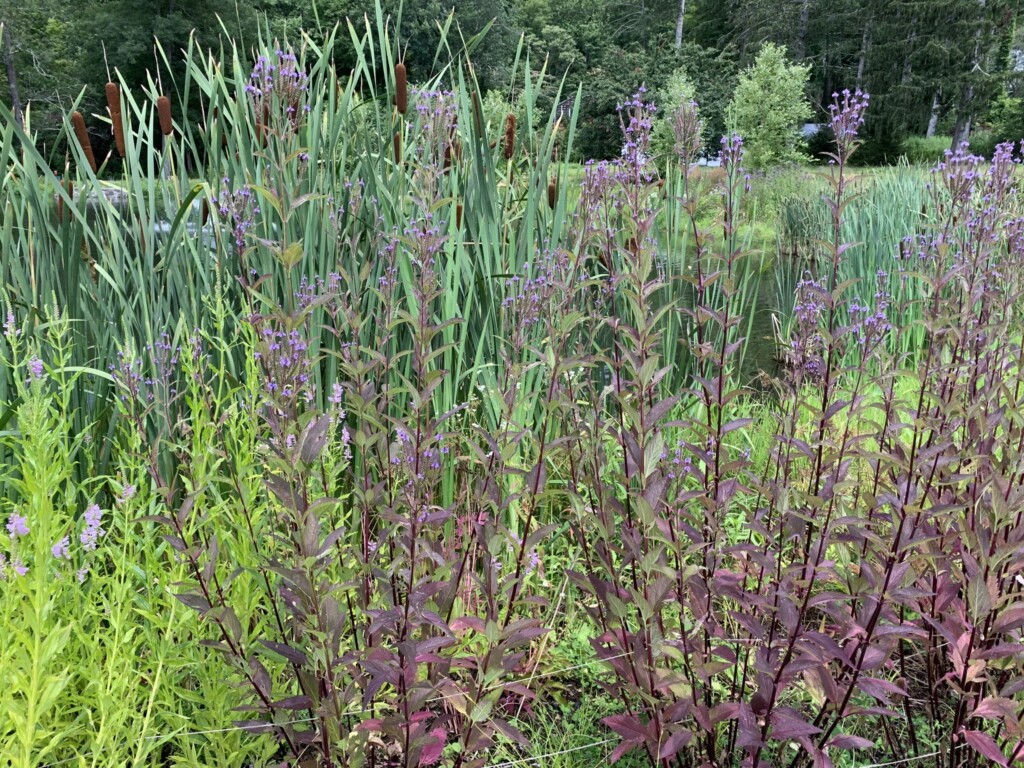
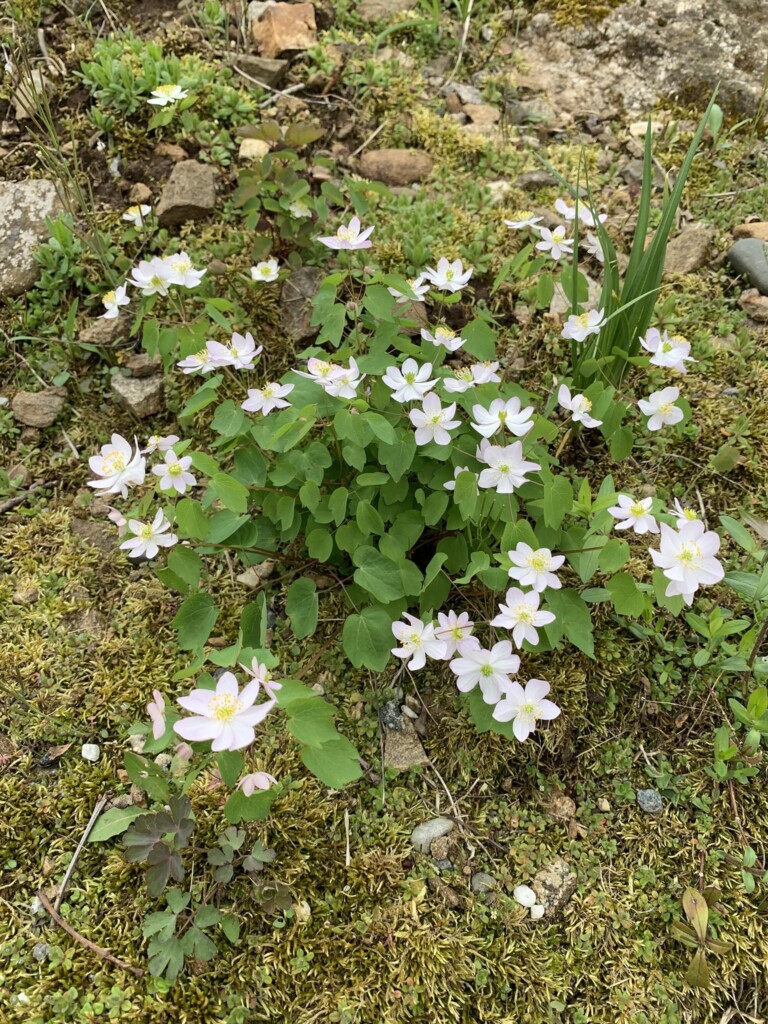
Tell us about some of your native plant projects in Rye or elsewhere in Westchester County
Fabel:

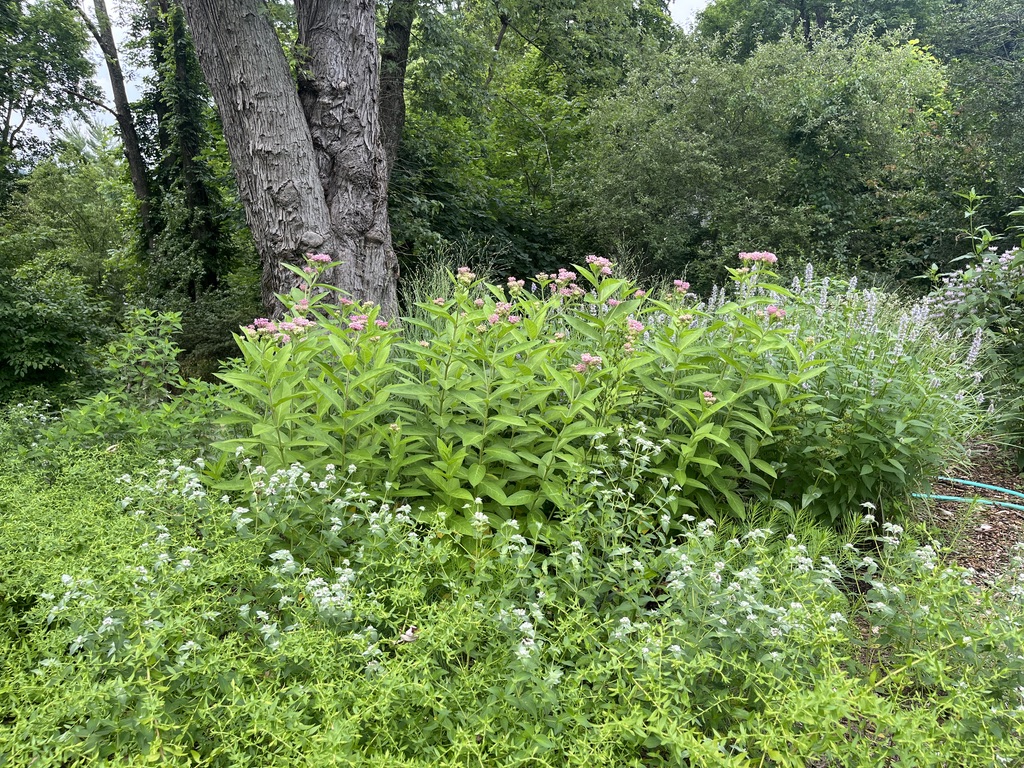
- Project #1 Chappaqua, NY
- I have been working on this property for several years now, converting a portion of lawn to meadow, creating hedgerows for privacy, refreshing foundation plantings and mitigating steep slope erosion with native shrubs and perennials. This past spring, we created a formal perennial garden featuring a winding path viewable from the patio. Thus far, we’ve added more than 20 different species of native trees and shrubs and hundreds of species of native perennials, grasses and ferns. This fall, the work continues reclaiming an area that was overrun with weeds and some invasive species. The fun never stops!
- Result: This client’s property supports a wide range of pollinators, bees, birds and small mammals. But best of all, the client and her husband have become meaningfully engaged in their landscape, spending more time outside, interacting with the natural world, and yes, watching their garden grow.
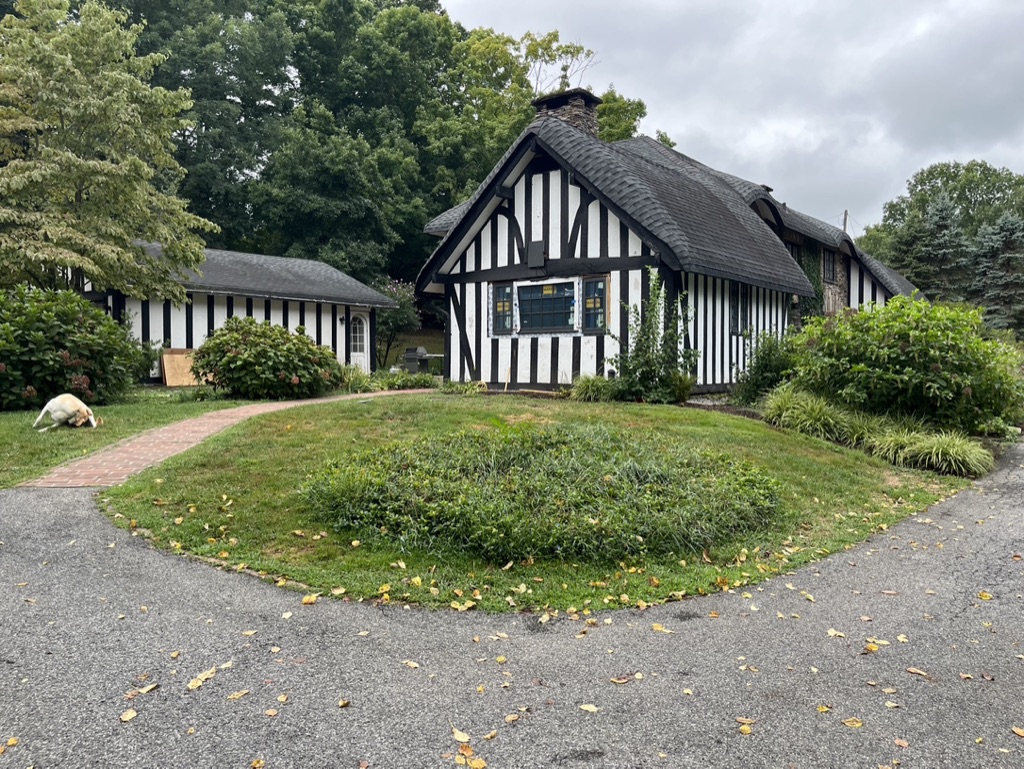
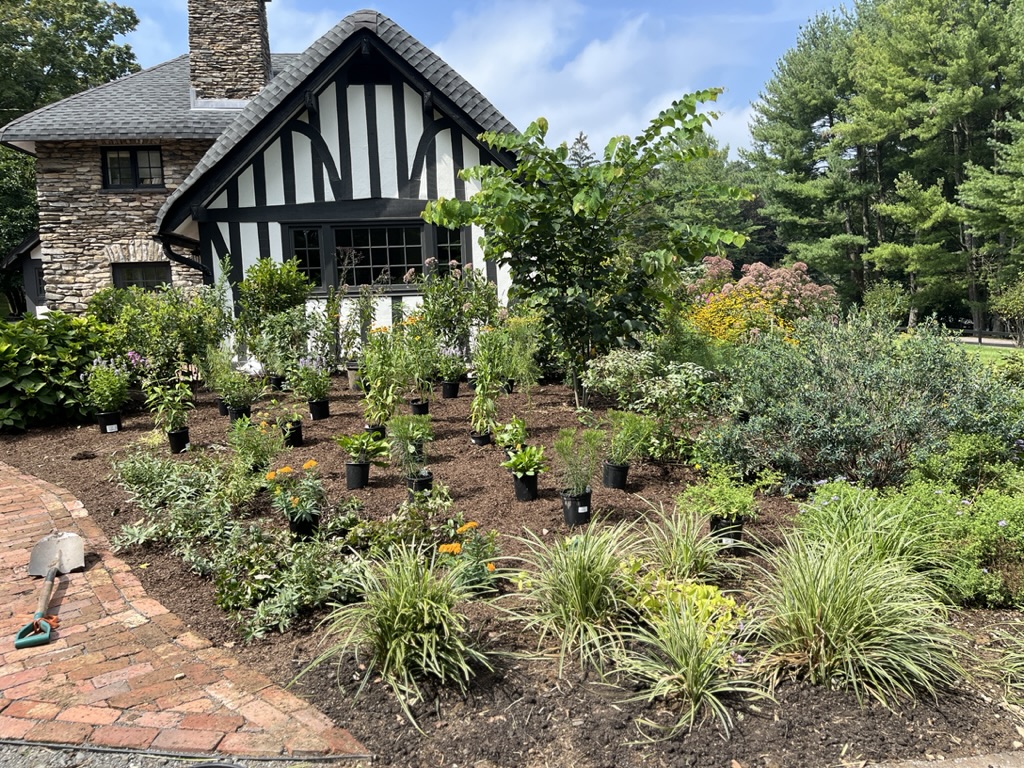

- Project #2 Pleasantville, NY
- By way of his friend, this client became very interested in planting native species and in fact, had a thriving wild cottage style garden mostly populated by plants given to him from said friend. What he was missing was cohesion and legibility in his landscape. For the past several years, I have been designing and redesigning some spaces for an overall pleasing aesthetic using plant palette combinations for all season bloom, ecological function as well as winter interest.
- Result: An English cottage style garden packed with more than 50 different native shrubs, perennials, ferns and sedges feeding bees, birds, butterflies and small mammals.
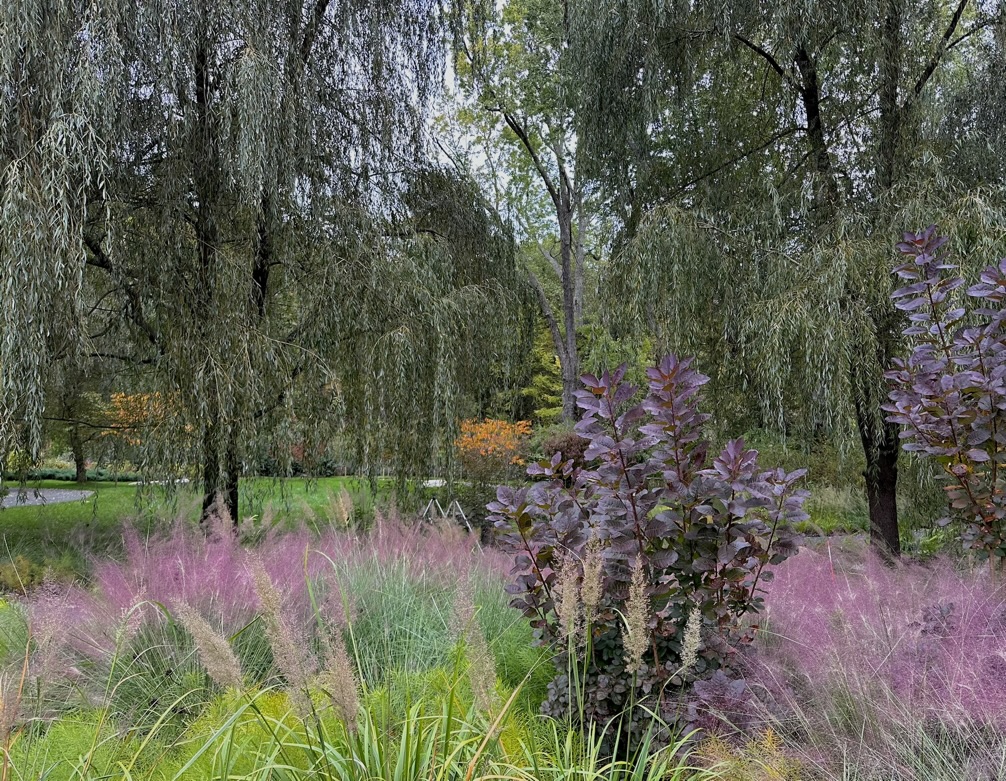
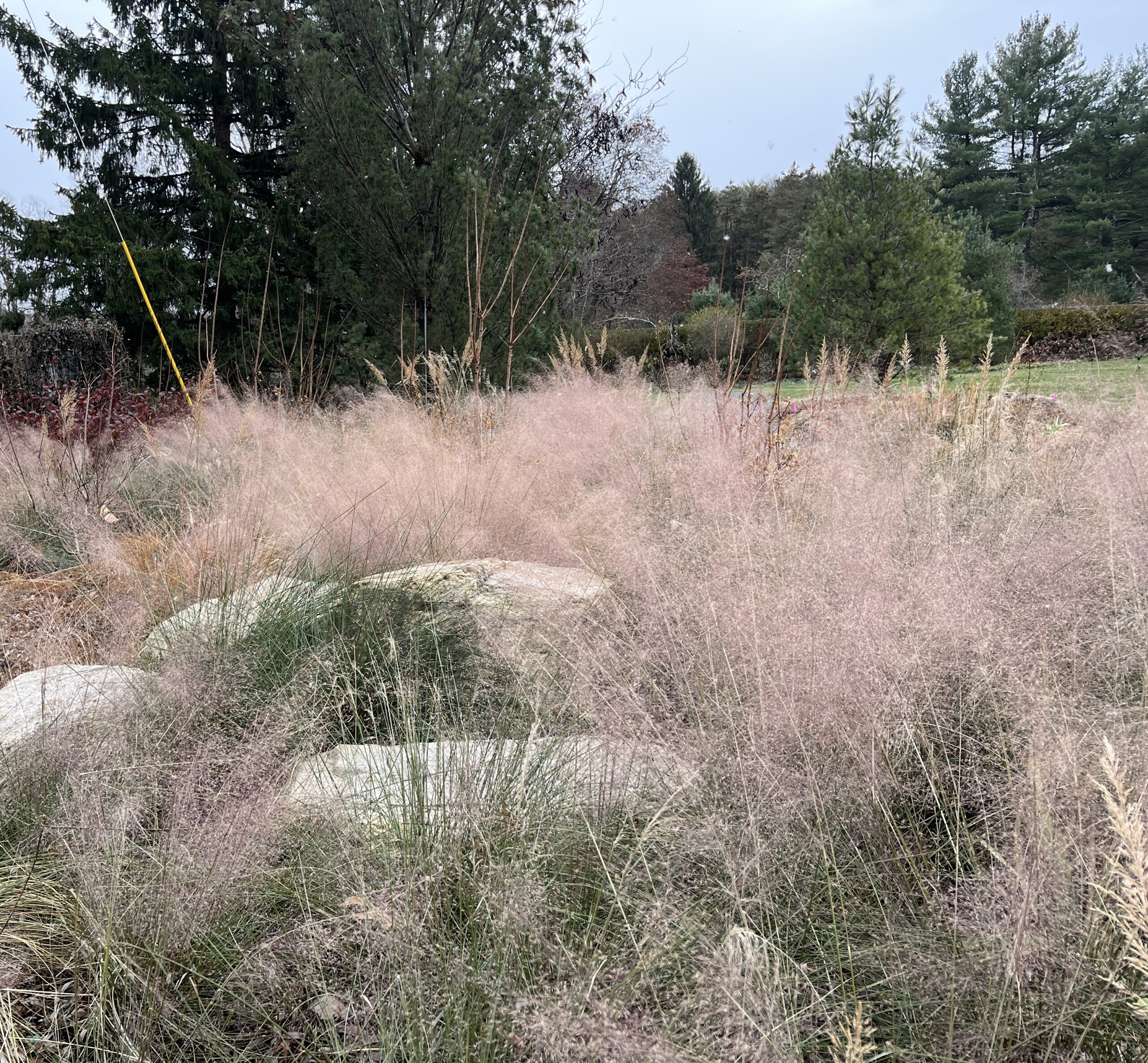
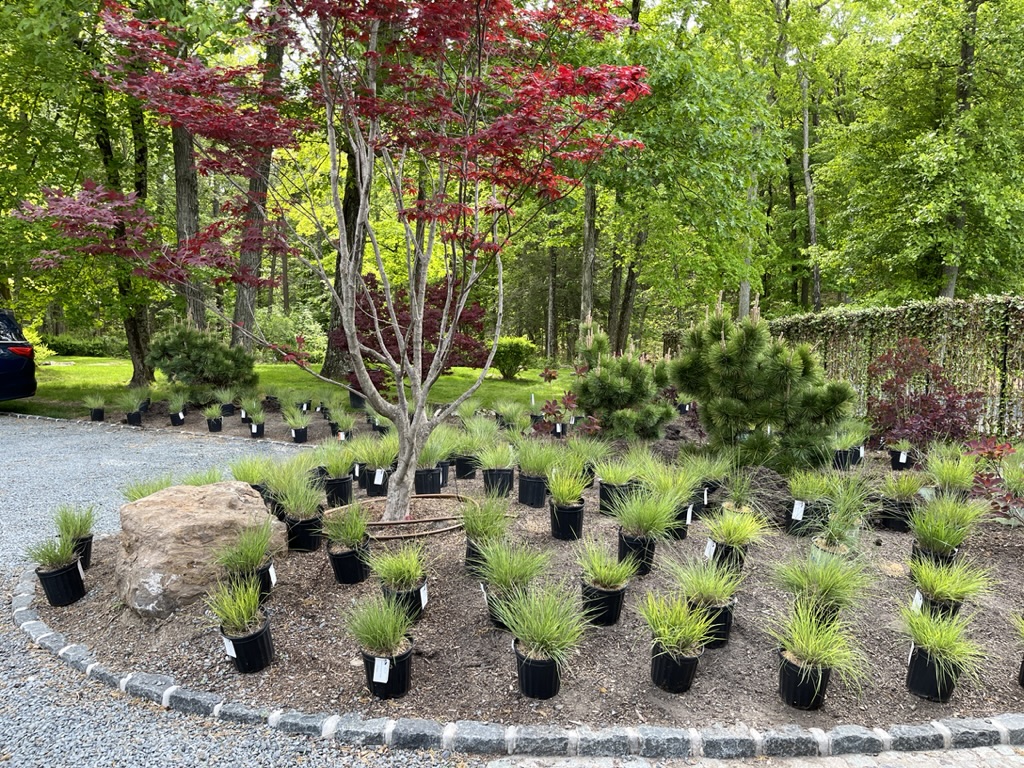
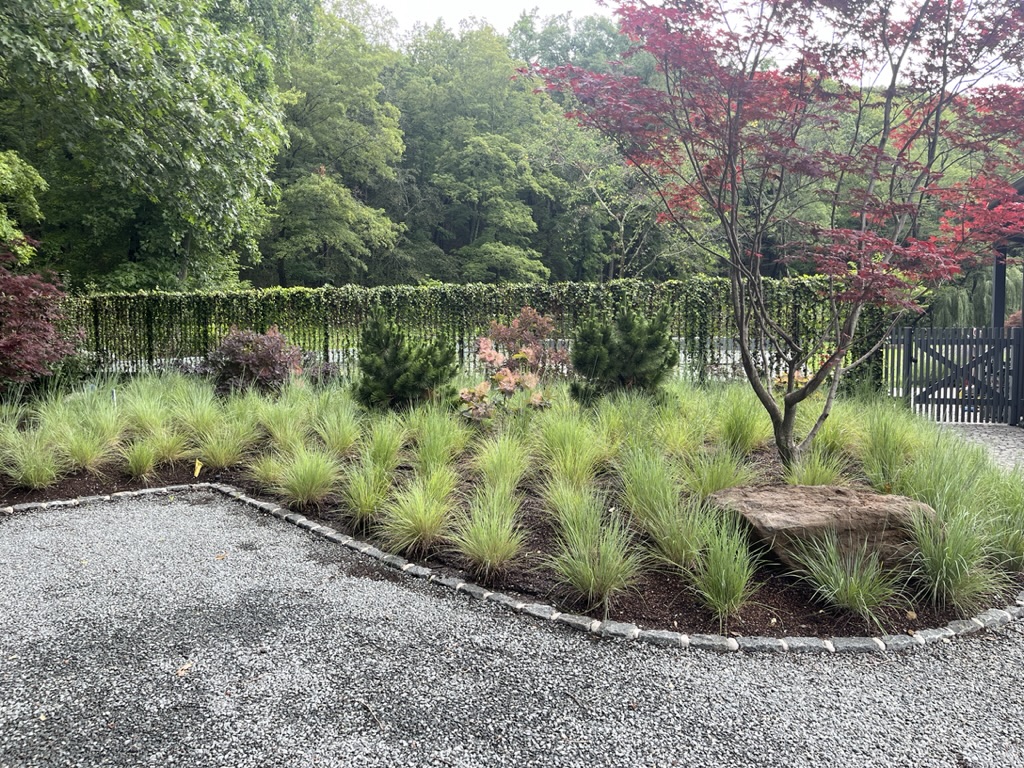
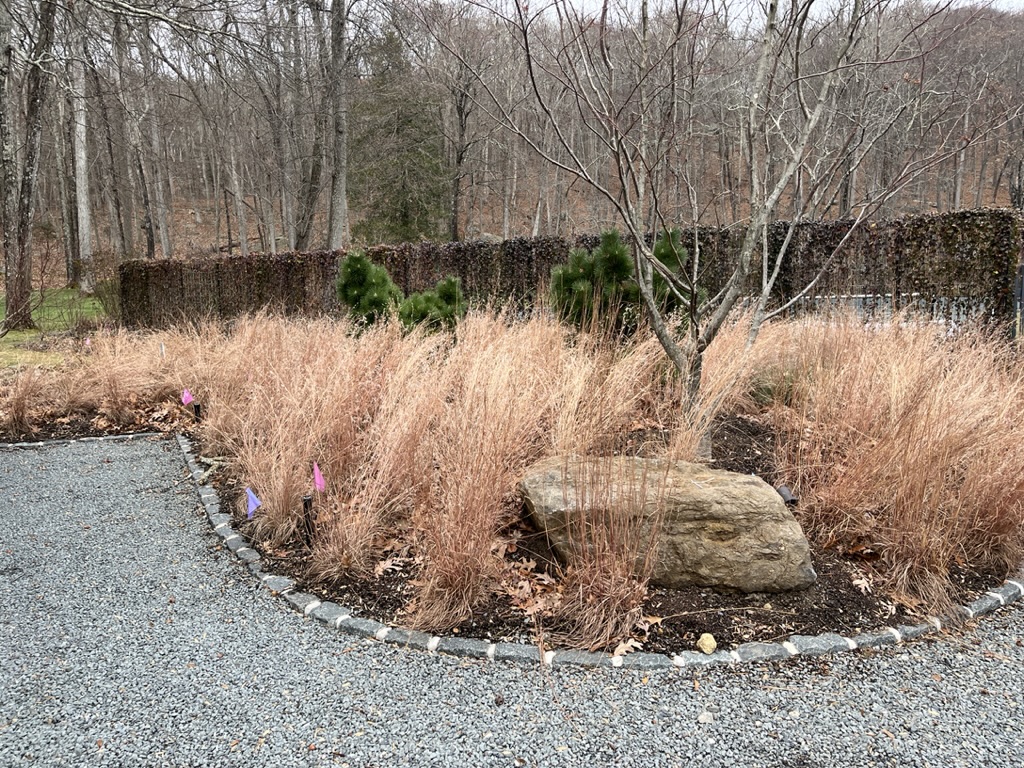
- Project #3 Tuxedo Park, NY
- This client had an impeccable landscape and was looking to incorporate native plant species and create a more naturalistic landscape aesthetic. Japanese Maples and Smokebush were among his favorites so we planted a groundlayer of Little Bluestem grass to add light and airy movement while still maintaining a formal appeal in the front of the house. In other areas, we created garden beds along pathways using a matrix of native grasses, existing non-native grasses and native perennials to give an immersive feel.
- Result: An ecological functioning naturalistic landscape with four season interest.
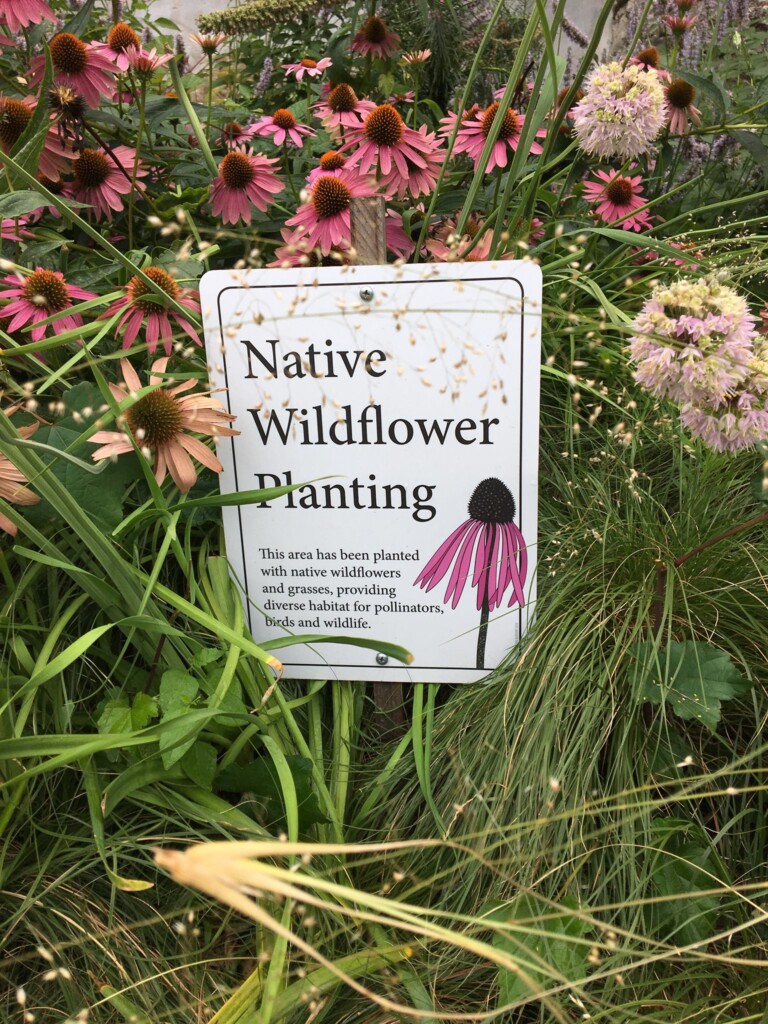
Tell us about your services:
How would your friends and family describe you in one word?
Fabel: Inquisitive
Summarize your career in five sentences or less.
Fabel: I graduated college as an English major, thinking I would go into academia. A bit of grad school and working in marketing made me rethink that avenue. As I’ve always loved the outdoors and gardening, it seemed a natural fit to try and work in this industry. Though I have taken numerous classes and attended conferences, I feel I am mostly self-taught, following my passion for learning as much as I can about native plants, garden design and horticulture. My failures more than my successes has taught me the most when it comes to working with living entities (people included).
Do you work on residential, government and/or commercial projects?
Fabel: Residential
How many years have you worked with native plants?
Fabel: 24 years
Which of the following services do you provide:
Fabel:
| Service | Yes or No | Detail (2-3 sentences) |
| Ecological assessment | Yes | As a trained field botanist and naturalist, I identify native species present and opportunities for building plant communities as well as identifying non-native invasive species. |
| Design with native plants | Yes | After visiting a site and talking to a client , I create plant palettes, referencing natural plant communities and naturalistic design. On site, I lay out all the plant material and supervise installation. |
| Installation of native plants | Yes | I work with reputable landscape contractors knowledgeable about native plants for installation. |
| Invasive species management | No | |
| Organic lawn service, including electric equipment | No | |
| Organic shrub and tree care | No |
Tell us about you:
Where do you live?
Fabel: Chappaqua, NY
What do you do with your free time?
Fabel: Hike the parks and preserves of Westchester County, putter in my own garden, read and play with my cats. Yes! I am a proud cat lady, 3 kids notwithstanding.
Thanks Missy!
Learn more.
Fabel’s bio:
Missy Fabel is an ecological landscape designer and horticulturist with a deep understanding of native plant communities, stemming from her love of the natural world. She has a certificate in Field Botany from the New York Botanical Garden and in Designing with Native Plants from the Native Plant Center, located at Westchester Community College, where she teaches and is a Steering Committee member. Missy is also a Board Member of the Ecological Landscape Alliance, whose mission is to educate, inspire, and empower people to value biodiverse landscapes and employ ecological practices.
Currently, Missy manages a large native plant garden designed by renowned landscape architect Darrel Morrison on a private estate in Westchester County, NY and is the horticulturalist for Bedford Audubon’s Bylane Farm. Missy is also a freelance ecological landscape designer and consultant, focusing on increasing biodiversity and ecological functionality through naturalistic planting design.

